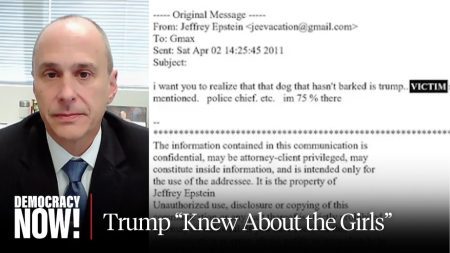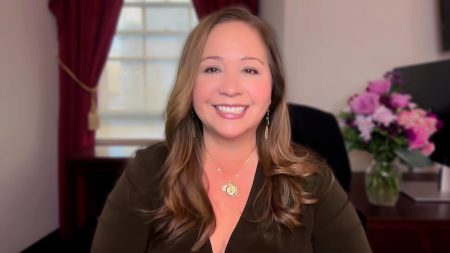Why Lenders Want Your Loan to Default
 By Randall Kelton
By Randall Kelton
Predatory schemes steal the equity of this country.
In the late 1980s and early ’90s, Presidents Bush and Clinton, under the guise of making housing available to the poor, eased regulations intended to ensure that consumers were protected from predatory lending practices. This deregulation had the effect of unleashing the money-changers on us all.
Instead of making fair, affordable home loans—for affordable houses—available to the low-income working poor, lenders used their new license to convince people to do the one thing that had always been taboo: speculate with their homes. They were persuaded to sell out their safe mortgages and invest their equity in more expensive homes, hoping that a perpetual housing boom would make them rich.
Around the same time, investors created ways to convert consumer
mortgages to long-term securities that they could then sell to
retirement investment funds. This led to a whole new mortgage and
investment scheme.
Companies using “bank” and “mortgage” in their names secured
large loans from major banks, used that money to generate consumer
mortgages that consumers couldn’t afford—a typical predatory lending
practice—, and then sold those mortgages to investors.
In order to secure profitable loan products, the lenders charged
false fees to the borrowers at closing, like administration fee,
document-processing fees, funding fees, and so on. These fees were then
used as sweeteners to get the loan brokers to breach their fiduciary
duty to their clients by convincing the buyer to accept an overpriced
loan product.
The lender would then sell the loan to an investor and retain a
hefty profit, but that was not all. The lender then becomes the servicer
and collects the payments for the investor, retaining three percent of
the amount collected, unless the loan was paid late, in which he charged
and kept an extra five percent. Neither lenders nor investors had an
interest in seeing the loan be paid off in the end; in fact, it was in
the lender’s interest that you pay late, so he would collect higher
fees. If the loan did default, the lender would orchestrate the
foreclosure, undersell the property, flip it, and make around 20 percent
over the sale price of the home.
The lender, after writing the note he intended to default, would
secure eight to 10 insurance policies on the properties, called
“derivatives,” wherein the lender would bet that the loan would fail.
When it did, he would collect eight to 10 times the amount of the
principal.
This may not be right, but this is how it works in the real
estate market. The current calamity was carefully engineered by the
money-changers: the scheme allowed them to steal the equity of this
country with predatory schemes, then foreclose on the properties, then
resell them for yet more profit. The result, essentially, is to reduce
us all to abject slavery as we try to pay for the houses being sold back
to us by the very thieves who stole them in the first place.







